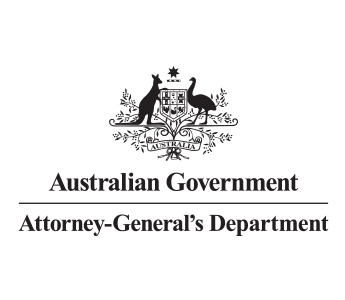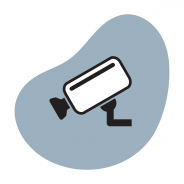Quality assurance checks
Summary
Conduct quality assurance activities to confirm that processes are being followed correctly and to a high standard and/or that material or goods are what they are claimed to be.
Quality assurance checks not only improve processing standards, they can also detect potentially fraudulent activity and are a significant deterrent to fraud.
Why this countermeasure matters
A lack of quality assurance checks can lead to:
- high levels of non-compliance or errors due to inconsistent and unclear processes, rules and decision-making
- staff being less deterred from committing fraud
- less transparency over the actions and decisions of staff and third parties
- poor management of performance, decision-making and risk
- fraud or corrupt activity going unnoticed or unchallenged
- unknown and unaddressed systemic fraud or corruption
- unsafe or not fit-for-purpose goods and services being received by government agencies or the public
- unsafe infrastructure
- pollution or disease outbreaks.
How you might apply this countermeasure
Some ways to implement this countermeasure include conducting quality assurance by:
- selecting random pieces of work to quality check, such as 2% of processed claims or decisions
- having an independent person quality check high-risk activities, such as changes to vendor records, on all occasions
- having the procurement team quality check purchase orders above a certain amount before they go to the spending approver
- selecting random or targeted samples of products to check if they are what they are claimed to be.
How to check if your countermeasures are effective
Measure the effectiveness of this countermeasure by using the following methods:
- compare processes with quality assurance policies and standards
- check critical processes
- analyse data related to quality checks and measure results against Key Performance Indicators
- review the quality checking process to determine if checks would identify fraud
- walk through the process with staff to see what elements they check
- conduct interviews, workshops or surveys with staff who complete checks to measure their understanding of the fraud control policies in place
- confirm there is an independent review for high risk activities, such as reviews by staff in other locations
- identify the percentage of claims quality checked and determine if it differs between new and competent staff
- compare products or services with industry standards
- compare products or services submitted for testing with products received by consumers.
Related countermeasures
This type of control is supported by:
Adequately resourced prevention and compliance areas enable entities to perform effective countermeasures.
Establish governance, accountability and oversight of processes by using delegations and requiring committees and project boards to oversee critical decisions and risk. Good governance, accountability and oversight increases transparency and reduces the opportunity for fraud.
Make sure a manager, independent person or expert oversees actions and decisions. Involving multiple people in actions and decisions increases transparency and reduces the opportunity for fraud.
Develop clear instructions and guidance for activities and processes, such as instructions for collecting the right information to verify eligibility or entitlements, procedures to help staff apply consistent and correct processes and guidance to help staff make correct and ethical decisions.
Make sure requests or claims use a specific form, process or system for consistency.
Clearly document decision-makers using delegations, authorisations and instructions. Clearly defined decision-making powers increase transparency and reduce the opportunity for fraud and corruption.
Train and support staff to identify red flags to detect fraud, know what to do if they suspect fraud and know how to report it. Fraudsters can take advantage if staff and contractors are not aware of what constitutes fraud and corruption.


